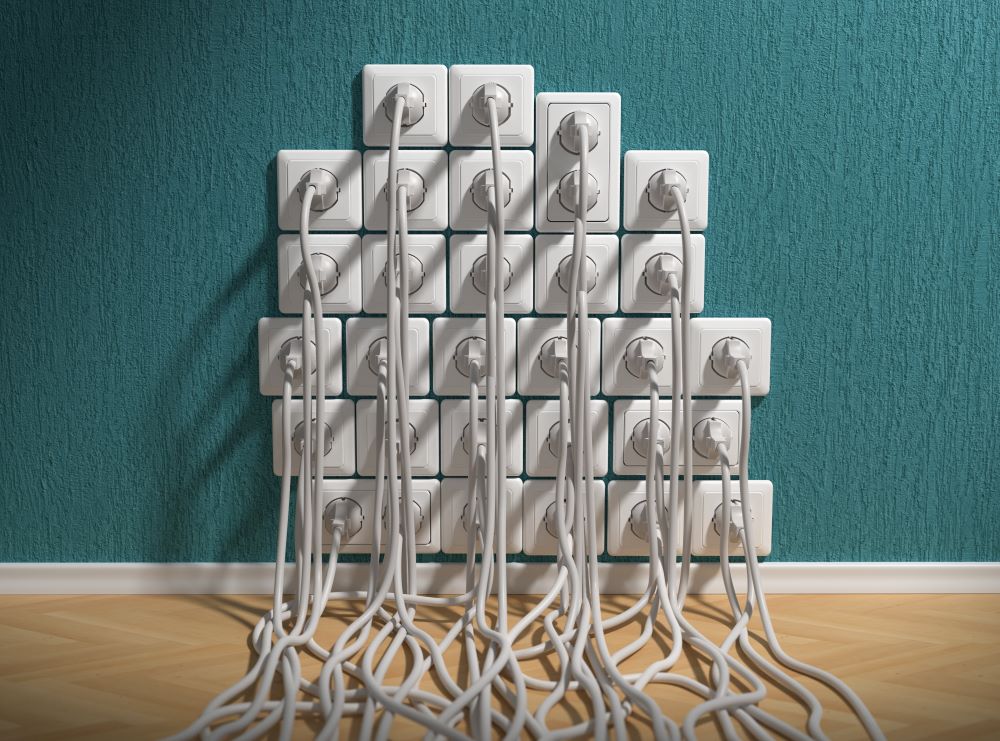the essentials in brief
How does a surge protected outlet work?
A socket with surge protection is equipped with a special protection mechanism that Power Supplies protects against excessive voltages. If the voltage gets too high, the mechanism will automatically shut off the power supply, protecting the power supply from damage. You can find more about this here.
Do you need surge protection?
Yes, a surge protector is important to protect your device from damage caused by electrical current. Surge protector can prevent electric shock and other problems caused by sudden surge of current. Surge protection has mostly been mandatory since December 2018.
Do sockets always have surge protection?
This depends on the type of power grid they are installed on. In some networks will Sockets with surge protection equipped, but not in others. In any case, it is advisable to install a surge protector on every outlet to prevent damage to your electronic devices.
A surge protected outlet is an important part of a secure electrical network. Although it is a frequently underestimated element, it can prevent some serious problems that can be caused by line overvoltage. In this article we explain why surge protection is important, what types there are and how you can install it yourself.
Note: Electrical devices that are operated on the telephone, electricity and data network at the same time are particularly at risk.
Contents
What is a surge?
A surge is a sudden and unexpected increase in voltage in your electronics network. This can be caused by thunderstorms, lightning strikes, or faults in the power grid. Surges can damage or even destroy your electronic devices by overload electronic circuits.
Additional information: Every year in Germany there are approx. 300.000 surge damage, many of which are caused by lightning strikes.
What is an outlet surge protector?
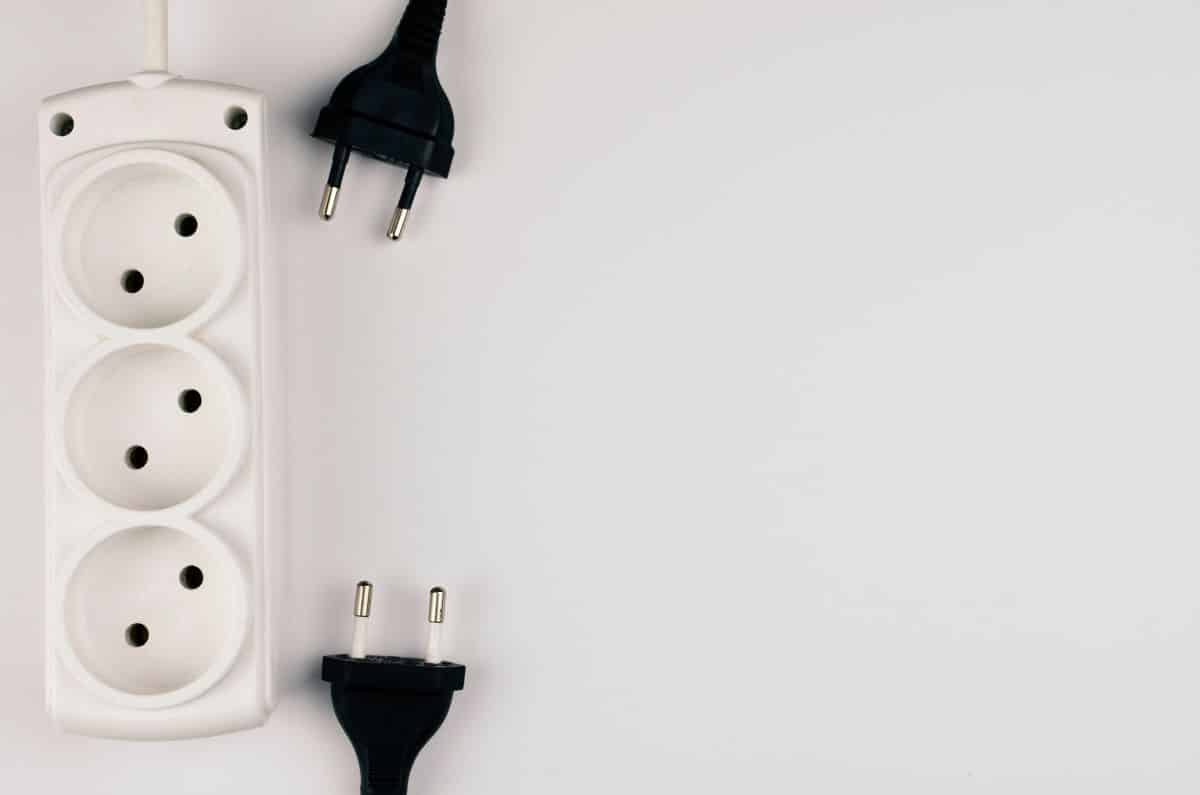
Power strips with surge protection are specially designed to absorb a surge and keep it away from your devices. This is done by using what is known as overvoltage protection between the socket and the device located. The components, such as gas discharge tubes or varistors in the socket strip, conduct overvoltages to earth.
Surge protection modules consist of various components that act against different sources of surge voltages, including varistors, temperature fuses, gas discharge tubes and surge protection displays.
In fact, it can be assumed that all CE-marked electronic devices have built-in protection. If you want additional protection, especially with high-priced devices, you can take precautions with surge protection for sockets.
Note: A surge protector is not the same as a lightning protector. The overvoltage protection works with high voltage and the lightning protection with high current. Lightning protection is a system designed to prevent structural damage, electrical interference and potential fire hazards from lightning strikes.
It usually consists of a network of conductors and grounding rods designed to conduct lightning current away from a building or other object. Lightning protection also protects connected electrical systems from the damaging effects of lightning strikes.
Why is surge protection important?
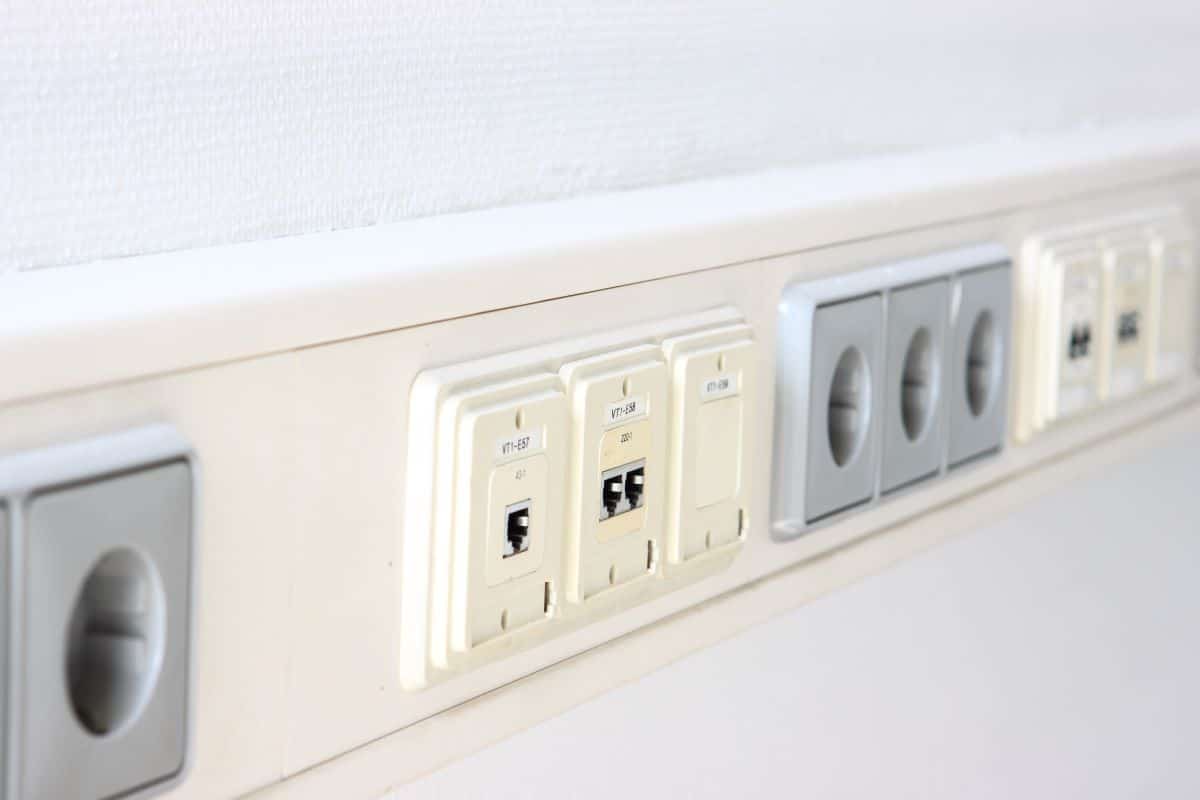
Without surge protection, your electronics and your entire electronics network are at risk. A surge can damage or even destroy your expensive devices. This means you may need to buy a new device or have it repaired. Besides, it can data loss occur when your computer or mobile phone is damaged. With overvoltage protection, you can avoid this damage and protect your electronics from overvoltages.
External and internal surge protection
Internal surge protection not only includes protection for sockets, but also type 3 surge protection, which is used for fine protection. This protects easily vulnerable devices in particular. With fine protection, the overvoltage is reduced to approx. 230 Volt reduced. The costs for type 3 usually start at 30 euros.
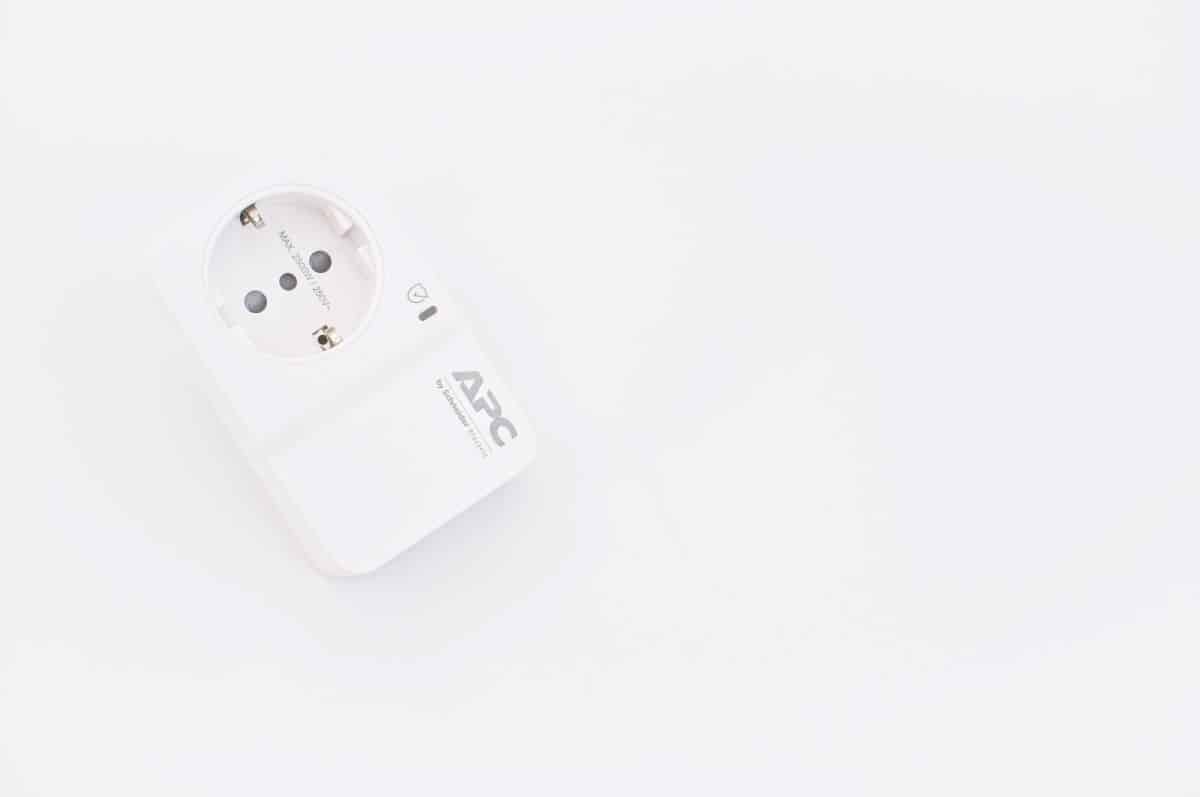
Internal overvoltage protection also includes type 2 arresters, which are usually located in the floor distributors and limit the overvoltage to below 2.000 volts in the event of a lightning strike. Internal overvoltage protection for a single-family home costs between 600 and 1.000 euros.
External surge protection includes grounding wires and lightning rods. These fall under Type 1 and are not mandatory. Lightning protection costs at least 2.000 euros including air-termination system, conductor and grounding.
It is always advisable to use all three types of surge protection for your house. Type 3 can only protect against smaller overvoltages and does not offer sufficient protection on its own.
Who Needs Surge Protection?
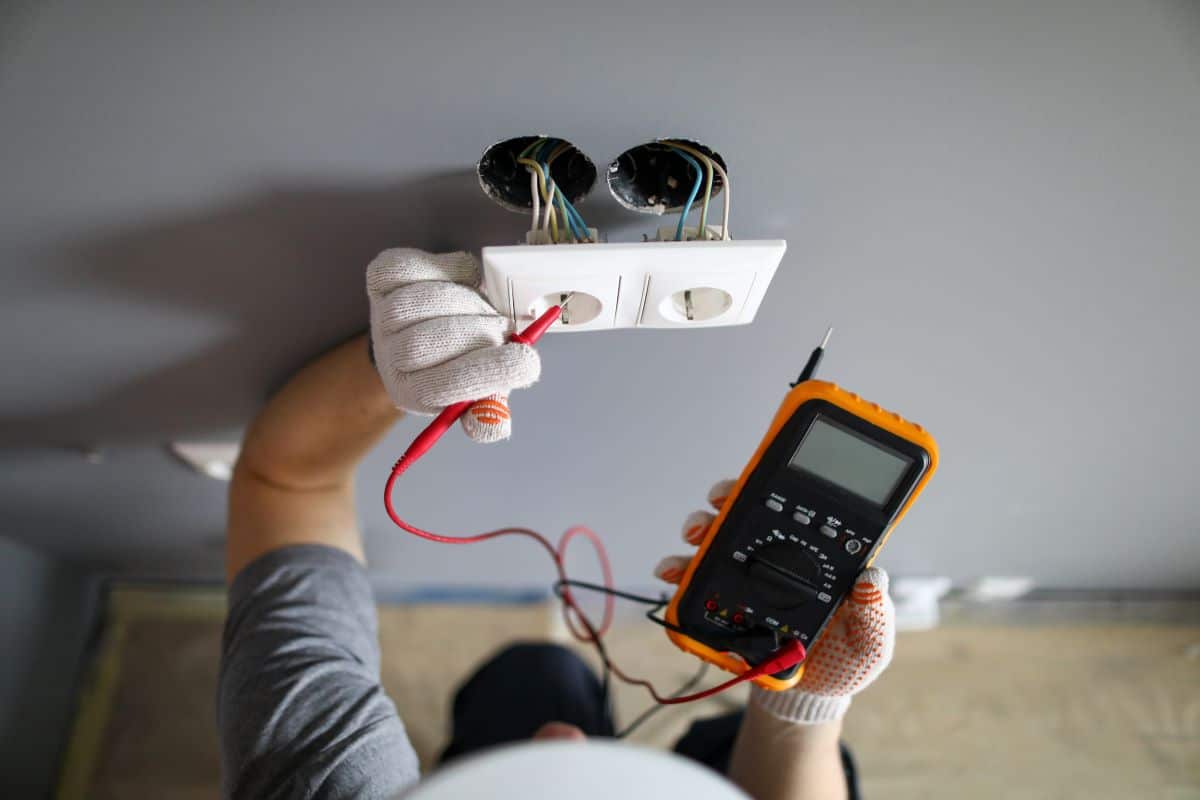
A surge protection is due to the new version of the standards VDE 0100-443 and VDE 0100-534 since December 2018 mandatory for almost all buildings. Surge protection is not mandatory for older buildings. As a homeowner or renter, you've probably heard of power surges. These can go through Thunderstorms, lightning strikes or a fault in the power grid are caused and can be yours Damage or even destroy electronic devices. To protect yourself from this damage, it is important to equip your sockets with surge protection.
How to install sockets with surge protection
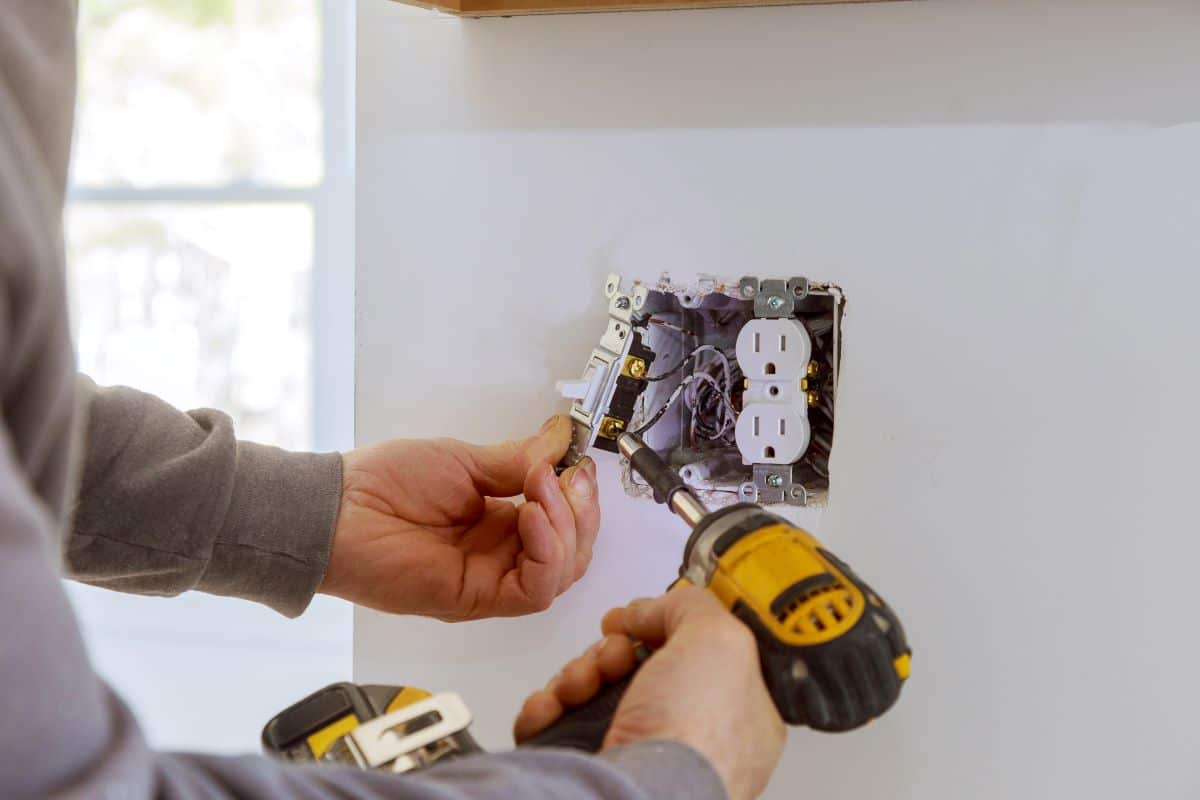
Installing a socket with overvoltage protection (Type 3) is easy and can also be carried out by laypersons. You only need one Basic knowledge of electricity and some basic tools. First you need to remove the old socket frame and then install the new one. Then you connect the cables of the new socket frame with the existing house installation.
Attention: Before you work on your sockets, you should always Fuse take out for the corresponding room. If you don't have any electrical knowledge and are unsure, get an electrician to install the surge protector.
There are also power strips with surge protection that you can buy directly, which you simply connect to the normal socket in the wall and directly provide space for several devices.
There are 3 types of Type 3 protection devices:
- flush-mounted sockets
- Adapter plug with surge protection
- Power strips / multiple plugs with overvoltage protection
When it comes to surge protection, you should definitely pay attention to quality. Buy the devices from specialist retailers and from well-known manufacturers who guarantee that the DIN EN 61643-11 standard is complied with.
This is why surge protection is so important
It's important that you install surge-protected outlets or multi-plugs as they protect your equipment from the destructive effects of a power surge. Installing a surge protector outlet is easy and can help prevent problems that can be caused by a power surge.
FAQ on the subject of socket outlet surge protection
Surge protection devices are usually available as socket strips and are also often called lightning protection plugs or lightning protection strips.
The fine protection (type 3) should reduce the voltage to 230 volts, maximum 500 volts.
Sources
- https://www.voltus.de/blog/ueberspannungsschutz-pflicht/
- https://wohnglueck.de/artikel/ueberspannungsschutz-steckdose-23387
- https://www.brennenstuhl.com/de-de/themenwelt/uberspannungsschutz/was-ist-uberspannungsschutz-und-weshalb-ist-er-so-wichtig

